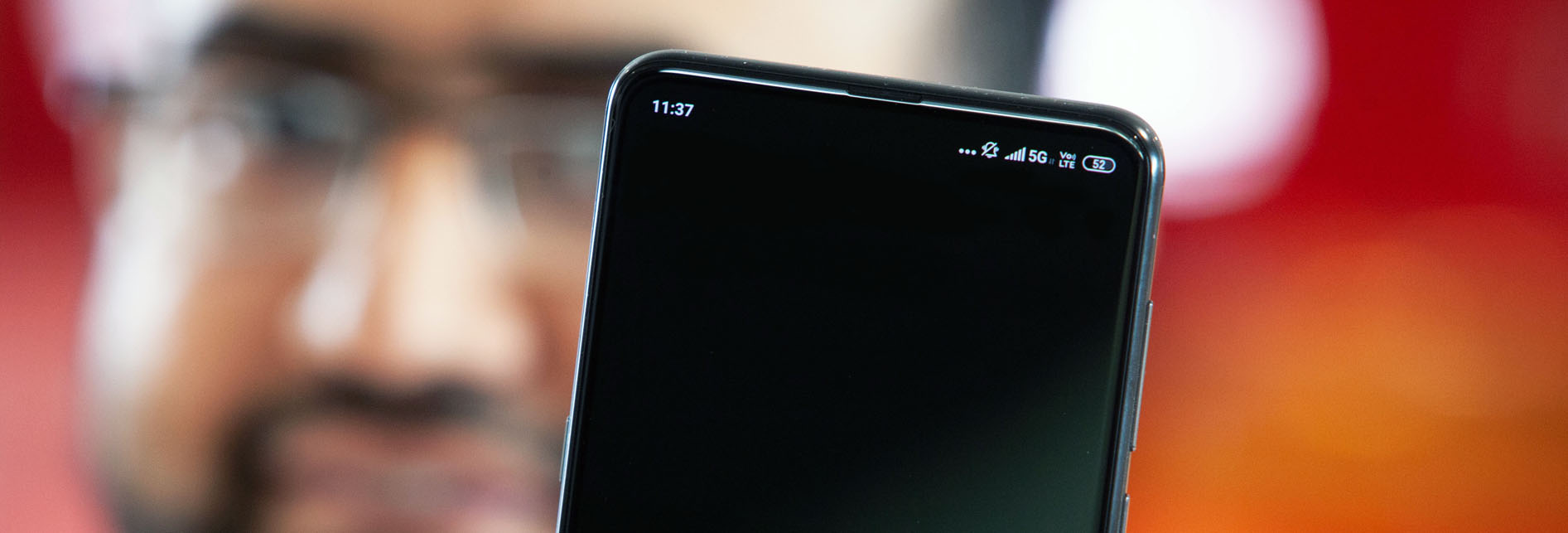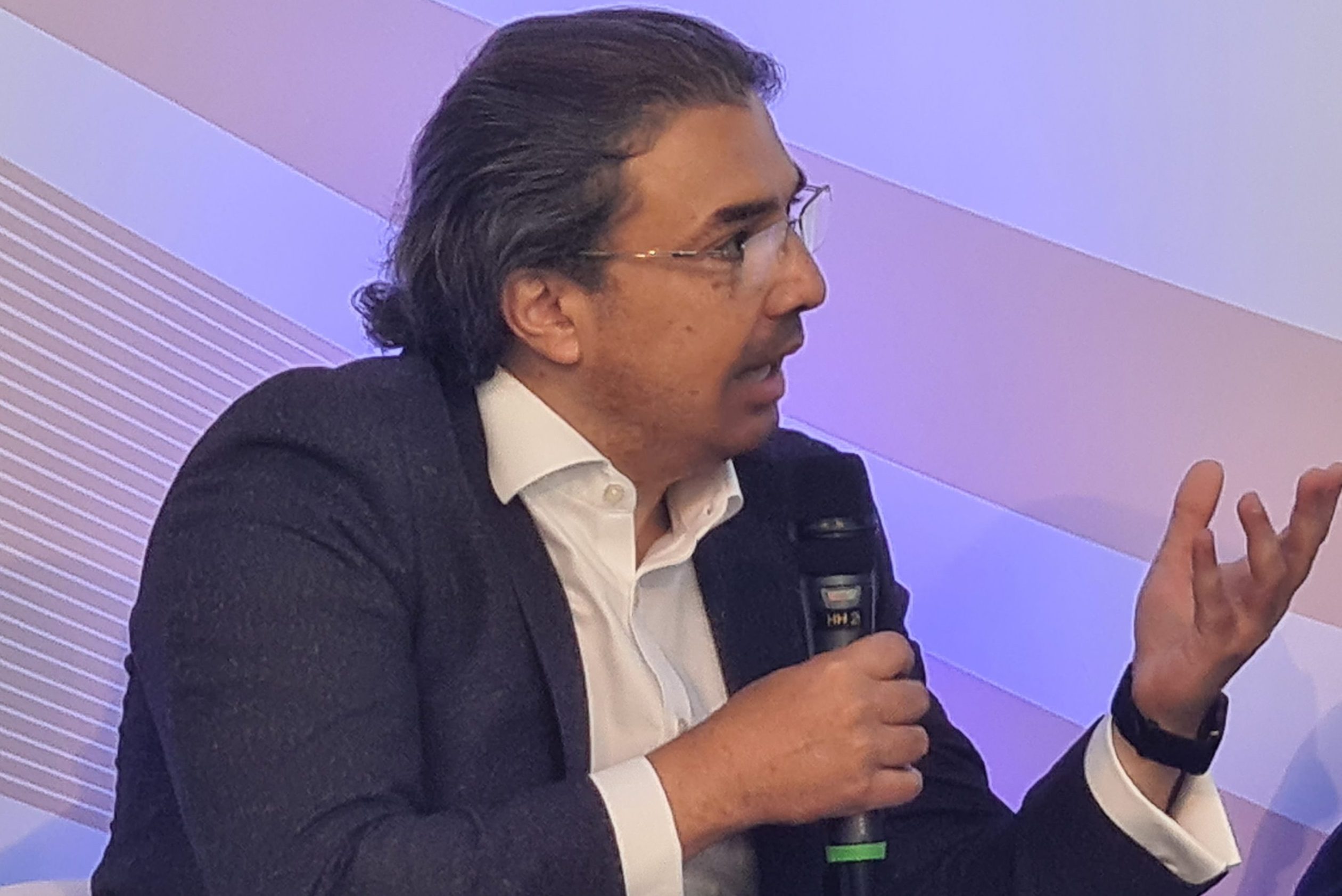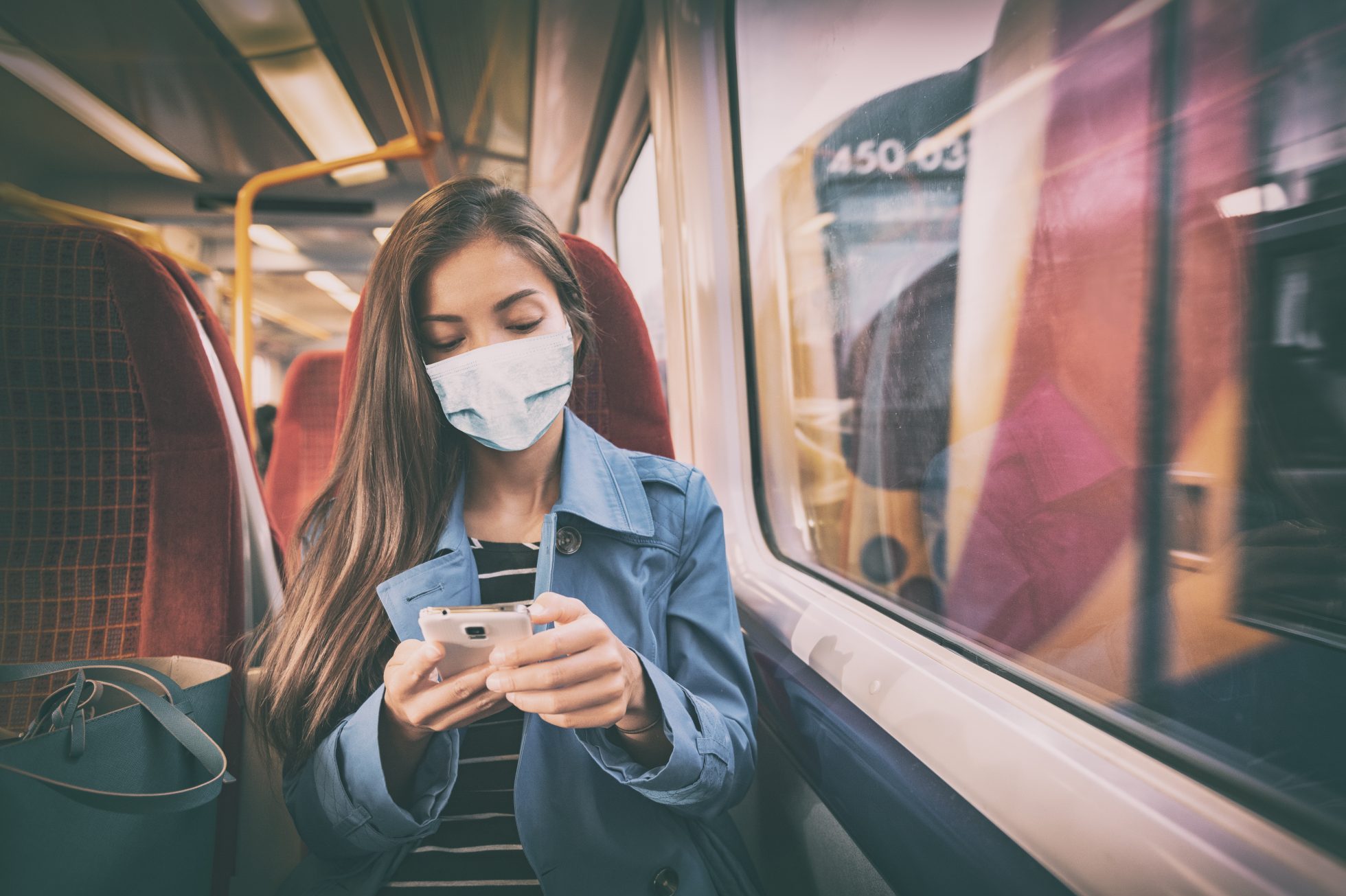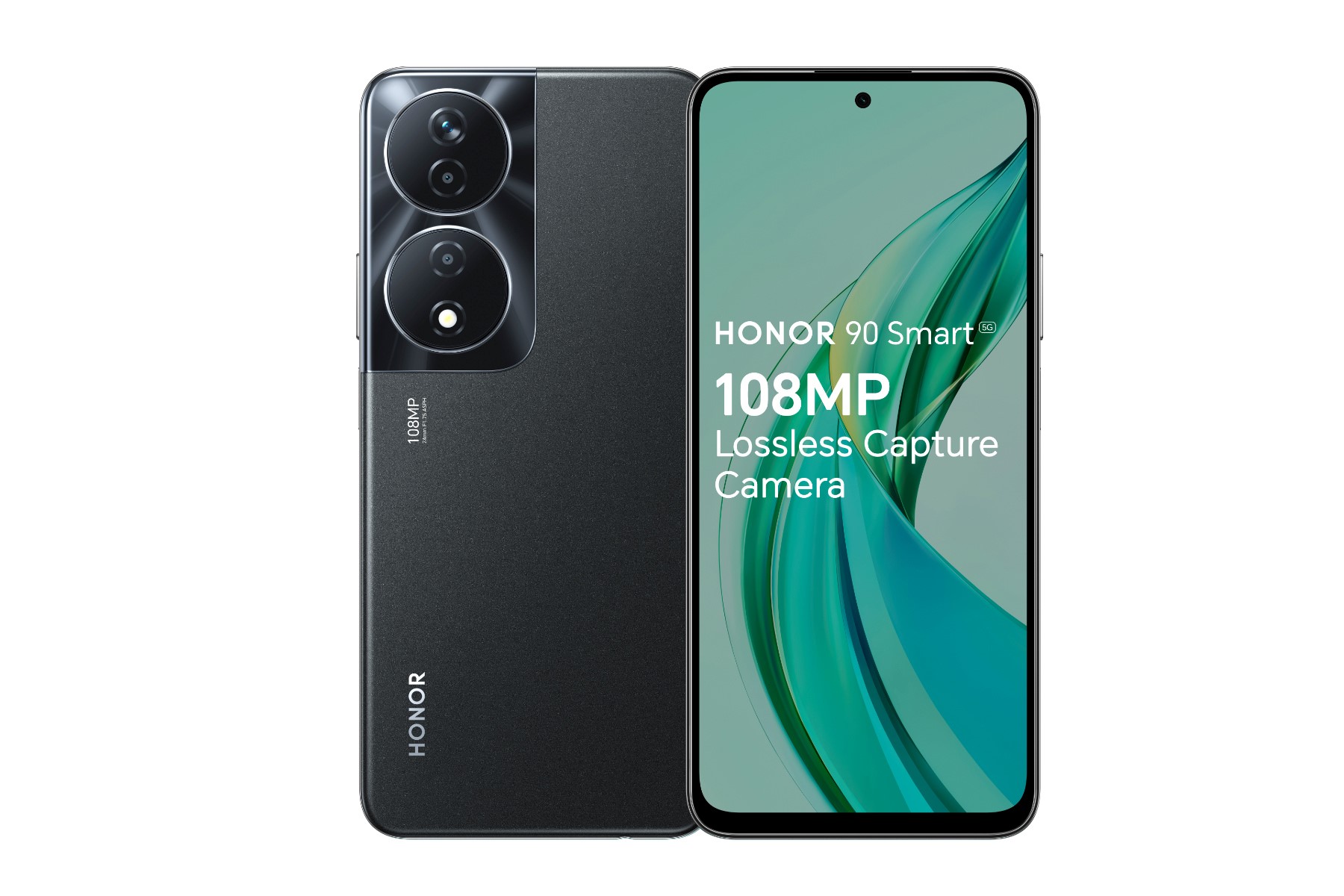
Is 5G safe to use?
5G mobile services launched in several UK cities in July, and more regions will be connected as it is rolled out. 5G’s fast, immediate connection provides new opportunities to offer services that are both entertaining (gaming on the go, holographics, augmented reality), and useful (connected ambulances, remote surgery, virtual fitness training).
But is it safe to use?
The answer is yes; read on to find out why.
Who makes the rules?
The UK Government, through the Health and Safety Executive (HSE), decide on what rules and legislation is in place to manage Health and Safety in the UK. It is also the UK Government who decides which spectrum is used in the UK. Public Health England (PHE) has advised the HSE that the UK adopt the international guidelines from the International Commission for Non-Ionizing Radiation Protection (ICNIRP).
These international guidelines are based on extensive scientific research spanning many decades. And the guidelines apply in the same way to 5G as they do to existing 2G, 3G and 4G technologies and other radio frequencies such as radio and TV transmissions.
In July 2018, ICNIRP published a draft review of their mobile frequency guidelines and said that none of the frequencies used by mobile communications, including 5G, required amendments to their guidelines.
The radio frequencies used for 5G in the UK are similar to the ones currently used for 4G services. Where 4G uses frequencies between 800 MHz and 2.6GHz, 5G uses frequencies between 3.4GHz and 3.6GHz. In comparison, your television transmission uses frequencies of up to 806 MHz and Wifi is between 2 GHz and 5 GHz. In fact, 5G spectrum has been used for many years in the UK, just not by the mobile operators.
Debunking the myths – higher frequencies and many more masts
Some articles have been written about 5G using much higher radio frequencies and requiring many more masts than current 4G technology. These articles are referring to 5G technology called millimeter wave (mmWave) frequency which is used in the USA, not in the UK. mmWave does use higher frequencies (typically between 24GHz to 60GHz) and requires more masts, but if it was ever to be deployed in the UK, like any other service, we would still have to ensure that we complied with the international guidelines set by the ICNIRP.
In the UK, the technology chosen by the Government for providing 5G services doesn’t use significantly higher radio frequencies than our existing network. In fact, the frequencies used for 5G in the UK are close to the current 4G frequencies. This means with a small antenna upgrade, or additional one where required, mobile operators will be able to use the same masts currently providing 4G services for 5G as well. So, neither the radio frequencies nor the number of masts will increase dramatically in the UK.
Can’t radiation harm me?
The word radiation is closely associated with illness and cancer, but in fact radiation is emitted by most things, including humans and light. Some radiation is harmful but most of it is not. The emissions from mobile phone technology, including 5G frequencies, is not strong enough to do any damage. This ‘non-ionising radiation’ at its worst only causes cells to vibrate, which can be experienced as heat; it doesn’t change the structure of a cell or cause lasting damage. Compliance with the ICNIRP guidelines ensures that there is no adverse impact on the health of those using mobile phones or living in communities where our base stations, or masts, are located.
Ionising radiation from gamma rays, x-rays and ultraviolet (UV) rays can cause lasting damage to cells. That is why x-ray technicians who are repeatedly exposed to ionising radiation wear protective clothing, and why people wear sunscreen to protect themselves from UV rays. This is different to non-ionising radiation.
Masts and emissions
The mobile operators must comply with safety limits for the radio emissions that are broadcast from their base stations or mobile masts. Public Health England provides guidance on these limits and they are enforced through the Health and Safety Executive. 4G masts are already compliant with these limits, and 5G technology is also compliant.
Our commitment
Vodafone takes the safety of our customers, the public and the environment very seriously. We comply with national regulations and international guidelines to ensure mobiles phones and the technology behind them are safe, and will continue to do so across the range of new 5G devices and radio masts.
Can I get more information from an independent source?
For more information, please visit:
https://www.vodafone.com/content/index/about/mmh/independent-scientific-research.html
To learn more about Vodafone 5G in the UK, click through to our dedicated 5G page.



![Falling Dripping Water Drop[Adobe Stock] Falling Dripping Water Drop[Adobe Stock]](https://www.vodafone.co.uk/newscentre/app/uploads/2024/04/Falling-Dripping-Water-DropAdobe-Stock.jpg)
